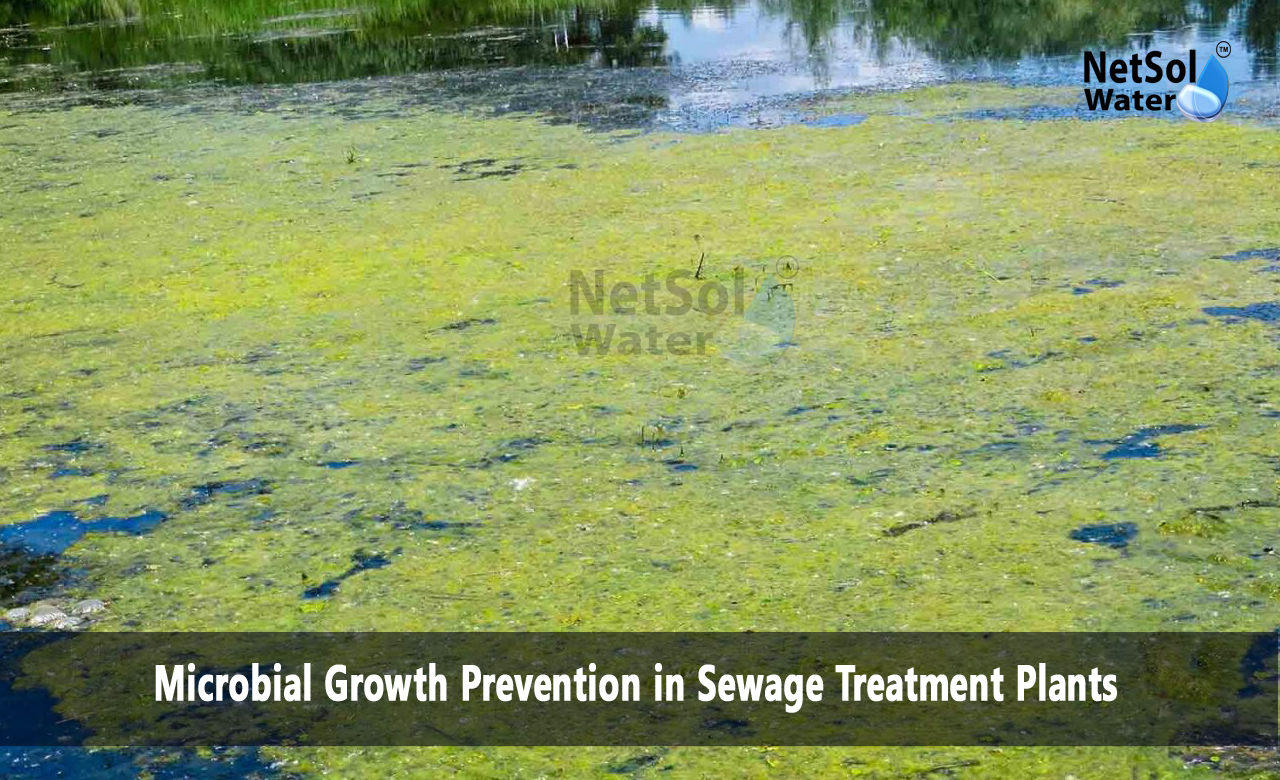Microbial Growth Prevention in Sewage Treatment Plants
Plant operators must maintain a delicate balance between controlling harmful microorganisms while supporting beneficial bacterial populations in sewage treatment operations. This balance demands attention to multiple factors including temperature control monitoring practices and targeted prevention strategies which work together to ensure optimal treatment performance.
Sewage treatment plants protect public health by processing millions of gallons of wastewater daily. These facilities transform hazardous materials into clean water which then returns safely to the environment. Uncontrolled microbial growth disrupts this essential process damages equipment decreases treatment efficiency and creates potential health risks for plant workers and surrounding communities. The excessive growth of microbes also drives up operational costs by increasing maintenance needs and shortening equipment life spans.
Treatment facilities must adopt comprehensive microbial growth prevention strategies to meet these challenges. Modern approaches combine traditional methods with advanced technologies to build multi-layered protection systems. The success of these prevention methods directly influences the longevity of treated water quality treatment infrastructure and the overall effectiveness of wastewater management programs. Plant operators who understand and implement proper microbial growth prevention techniques help their facilities maintain peak performance while safeguarding public health and environmental quality.
Physical Control Methods
Physical control methods establish the groundwork for preventing microbial growth in sewage treatment operations. These techniques create environments that actively discourage harmful bacterial proliferation through mechanical and environmental modifications. Plant operators deploy these controls to provide constant protection against unwanted microbial growth.
Temperature management leads the way among physical control methods in sewage treatment processes. Harmful bacteria flourish within specific temperature ranges prompting treatment plants to use comprehensive temperature monitoring systems. These systems track conditions throughout facilities identifying areas that could support excessive bacterial growth. Operators use cooling systems to maintain optimal temperatures in critical areas while heating elements prevent bacterial growth in colder sections where harmful psychrophilic bacteria might thrive.
Design and Engineering Solutions
Treatment facility design and construction significantly impact microbial growth prevention. Engineers create systems featuring smooth surfaces minimal corners and self-draining capabilities. These design elements eliminate spaces where bacteria accumulate and multiply. Treatment tanks feature specialized coating materials that prevent bacterial attachment making biofilm development more difficult.
Flow Management Systems
Water movement powerfully controls microbial growth. Plant operators calculate precise flow rates to eliminate stagnation areas where bacteria multiply undisturbed. They employ variable speed pumps to adjust water movement based on current conditions ensuring optimal flow patterns throughout the treatment process. This dynamic approach maintains consistent bacterial control while maximizing treatment efficiency.
Chemical Treatment Programs
Chemical treatments offer powerful tools to control microbial growth in sewage treatment operations. These methods target and eliminate specific types of bacteria while preserving beneficial microorganisms that support the treatment process. Plant operators design chemical treatment programs that combine multiple approaches to create comprehensive protection against harmful bacterial growth.
Treatment facilities employ advanced oxidation processes to manage bacterial populations effectively. These systems produce powerful oxidizing agents that destroy bacterial cell walls eliminating harmful microorganisms. The oxidation process creates no harmful residues offering environmentally friendly yet effective microbial control.
Bioaugmentation Strategies
Plant operators increasingly turn to bioaugmentation as a key component of their chemical control programs. This technique introduces carefully selected beneficial bacteria that compete with harmful microorganisms for available resources. These bacterial strains assist in waste material breakdown while preventing unwanted bacterial population growth. Bioaugmentation helps facilities reduce harsh chemical usage while improving overall treatment efficiency.
pH Control Systems
pH level management provides another powerful chemical control method for bacterial growth. Plant operators know that harmful bacteria prefer specific pH ranges for optimal growth. They maintain pH levels that discourage harmful bacterial proliferation while supporting beneficial microorganisms. Automated pH control systems constantly monitor and adjust conditions ensuring consistent bacterial control throughout the treatment process.
Monitoring and Maintenance
Successful microbial growth prevention requires comprehensive monitoring and maintenance programs. These programs enable treatment plant operators to spot potential problems early and take corrective action before issues escalate. Regular monitoring confirms that prevention methods continue working effectively while maintenance activities preserve system integrity.
Plant operators utilize advanced monitoring systems to track bacterial populations throughout their facilities. These systems deliver real-time data about microbial activity enabling quick adjustments to prevention strategies as conditions change. Regular testing reveals shifts in bacterial communities allowing rapid responses to emerging problems.
Equipment Maintenance Protocols
Equipment maintenance plays a central role in microbial growth prevention. Clean well-maintained equipment minimizes opportunities for bacterial attachment and growth. Plant operators follow detailed maintenance schedules that encompass regular cleaning inspection and repair of all system components. This proactive approach prevents conditions that support harmful bacterial growth from developing.
Staff Training Programs
Plant personnel significantly influence the effectiveness of microbial growth prevention through proper implementation. Treatment facilities create comprehensive training programs to ensure all staff members understand their roles in preventing bacterial growth. These programs cover prevention methods monitoring procedures and appropriate responses to potential problems. Regular updates keep staff informed about new technologies and methods enhancing the overall effectiveness of prevention efforts.
Your Role in Microbial Growth Prevention
Effective microbial growth prevention determines the success of sewage treatment operations. We encourage you to explore how these methods can enhance your facility's performance. Our experts will evaluate your current prevention strategies suggest improvements and help implement new technologies. Connect with us today to discuss your facility's needs and discover how proper microbial growth prevention will boost your treatment plant's efficiency and effectiveness.
Contact Netsol Water at:
Phone: +91-965-060-8473, Email: enquiry@netsolwater.com



